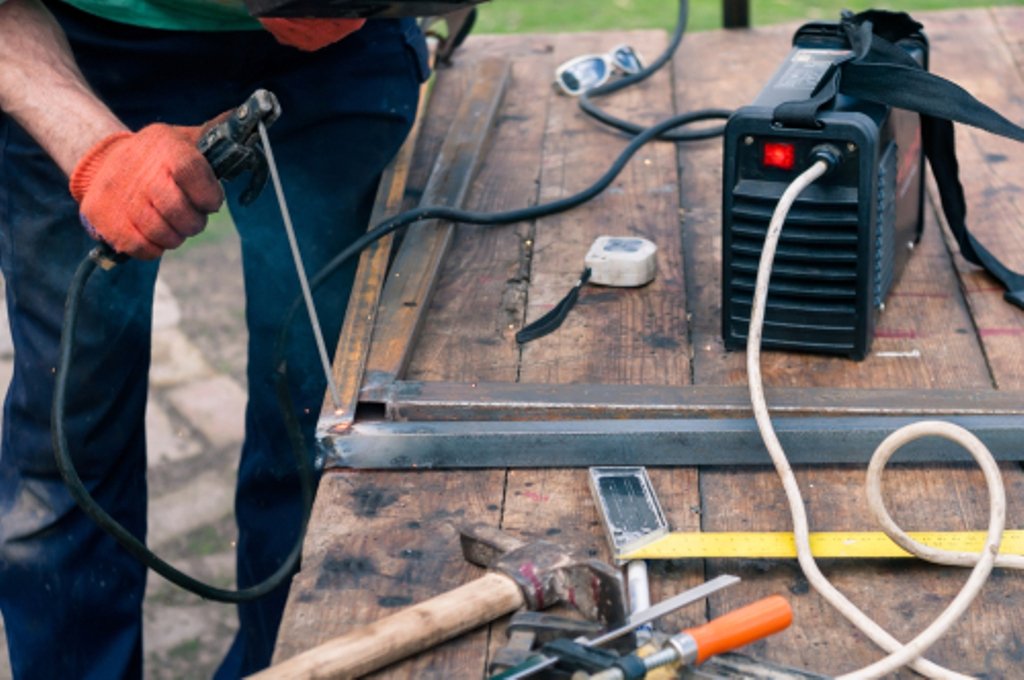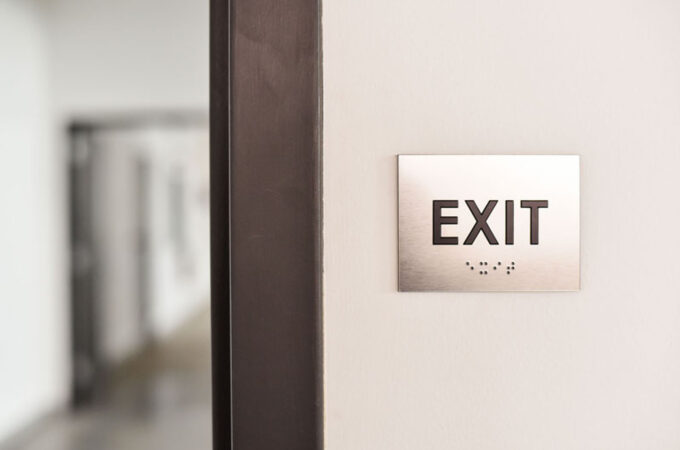
Welding and Tips to Purchasing a New Welder
A welding machine can be very intimidating to the uninitiated. It fuses metals using electricity, and if you don’t use it the right way, there’s risk of serious injury. However, welding is a handy skill to learn. With welding, you can make barbeque and fire pits, fashion ornamental gates, restore a car and install pipelines. As a hobby, it can be a way to show your artistic side; as a trade, it can be a gainful means of livelihood. You understand which welding machine will be better for you then check https://protigwelders.com/.
Welding Basics
 Welding is a technique or process that joins metal together by applying heat or pressure. Some of the more common metals that are used include:
Welding is a technique or process that joins metal together by applying heat or pressure. Some of the more common metals that are used include:
Steel. A versatile metal that works well with any welding process; however, it is vulnerable to flaking and oxidation.
- Stainless steel. More corrosive-resistant and hygienic than plain steel, but costs more.
- Aluminum. Lighter than steel and also resists corrosion.
- Copper. A popular metal with welders due to its many favorable properties. It conducts electricity and heat very well and is resistant to wear and corrosion.
- Cast iron. A durable metal but can be difficult to work with because of its heavy weight. It is also not as ductile as steel.
Tips in Choosing a Welder

Whether you’re a hobbyist or want to learn welding as a trade, you’re understandably excited to get your hands on a welding machine of your own. Taking note of these valuable tips will help you answer the all-important question of what are the best welders for beginners. As a beginner, you can try Forney Welders as they have some top-notch welders on the market right now.
- Safety first! Even if this reminder has nothing to do with purchasing a welder, it is still worth mentioning. Your safety is paramount in handling any machinery, and a welder is no exception.
- Before you plug in the machine, be sure you already have the proper gear on: welding gloves, apron, leg cover, welding helmet, glasses, and fireproof jacket. If it’s available, get the auto-darkening glasses for convenience.
- Exercise care when choosing your work area. Although welding can be done both indoors and outdoors, it is important to have adequate ventilation. You don’t want to be inhaling the toxic fumes produced by welding.
- Remember that sparks will be flying everywhere while you’re using the machine, so keep a safe distance from materials that can easily catch fire.
Apart from this, if you are planning to join a welding course and have any question regarding welders then we would suggest you to visit this site, or if you have been wondering about the welders average salary by state, they have all the information regarding this.
2.Know what kind of welding you will be doing. There are different types of welding processes, each suitable for specific applications.
- MIG (metal inert gas) or GMAW (gas metal arc welding) makes use of a spool of metal electrode that goes through the torch at a constant speed. The electric current passing between the metal and mire creates an arc and melts the metal and creates a strong weld. MIG welders are fast, easy to handle and produce a neat weld. They are suitable for thin metals like aluminum.
- When you want precision, go for TIG (tungsten inert gas) welding. TIG welders are utilized when appearance counts in the finished product, like in metal sculptures or automotive work. This process also achieves a seamless weld even with thin and sheet metals.
TIG welding is the most difficult to master among the processes, so it’s best to take some classes along with your purchase. Even when challenging, it’s still a skill that you can develop if you devote enough time to it.

- Stick welding is a straightforward process that beginners will not have difficulty in learning. As its name suggests, it makes use of a stick electrode that can be employed both indoors and outdoors. Stick welding is preferred when conditions are windy. It’s the process of choice for welders when doing quick repairs, when fusing joints, and when working with thick and rusty metals. Stick welding is not recommended, though, for sheet metals.
3.Be aware of your power needs. You can operate your welders using two power options: 110 volts or 230 volts. Choose the higher power output if you plan on working with thicker metals; however, you will need a particular set-up for your power supply to accommodate your needs. On the other hand, welders that run on lower voltages can just be plugged in any outlet in your home.
4.Even if you’re a novice in welding, don’t limit yourself to one power level. Instead, choose a welder that has a dual-power feature. You may be handling simple welding processes now, but as your confidence grows, you may progress into more complicated welding projects.
5.There are different brands of welders in the market today. Pick one that is user-friendly and intuitive. A good welder should have various functionality options, such as allowing you to select a specific setting according to the thickness or type of metal you’re using.
A welder is an investment. It’s not just about the money you’ll be spending on equipment and materials, but also the effort and hours you put into learning how to use it. Your first welding machine can make a difference in how you’re going to proceed and develop your skill in the future, so choose well now.




